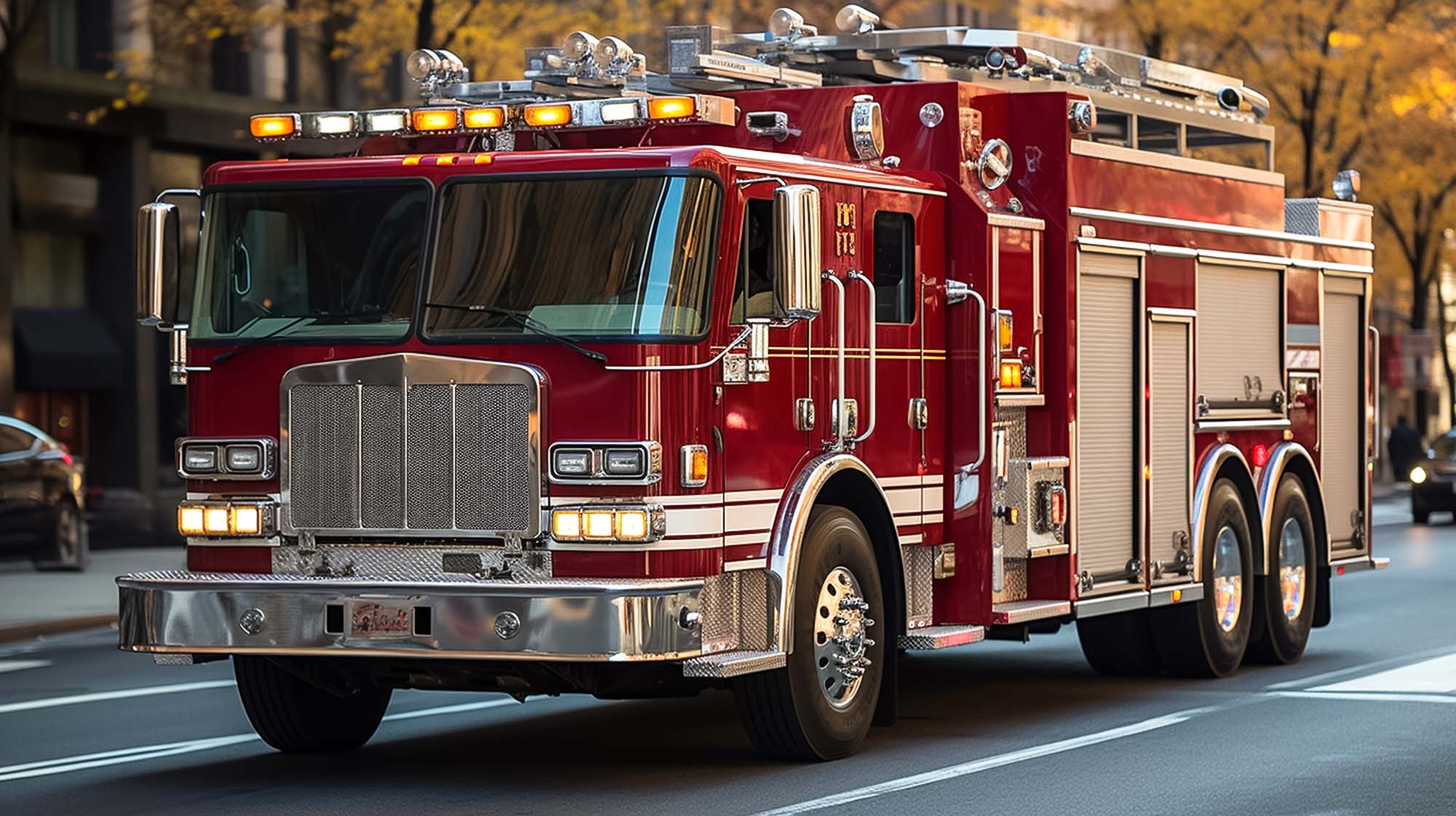An eye-opening report on the state and needs of Virginia’s Fire and EMS services was recently submitted to the General Assembly and Virginia Fire Services Board. The report is titled, “Service to Others: A Report on the Commonwealth’s Fire and EMS Service,” and is the culmination of workgroup study required by HB 2175 from the 2023 General Assembly session. In short, the report found that fire and EMS call volume has significantly increased, volunteer providers have decreased, and state level funding has only increased slightly despite these factors and in the face of massive spikes in equipment prices.
The workgroup developed the Virginia Fire and EMS Needs Assessment and Survey, the first statewide review of fire and EMS in recent memory. 87% of the state’s cities and counties responded to the survey, representing almost 7.5 million Virginia citizens. This survey illustrated that pass-through funding, coupled with increasing call volume and decreasing volunteer providers, was leading to untenable situations in localities related to fire and EMS. Call volume in the last three years has increased by 40%, while state level funding for fire and EMS has increased by only 6.67%. In addition, rising prices for equipment are leading to older equipment and longer replacement plans.
The workgroup recommends that the Virginia General Assembly consider multiple options to better protect citizens and assist localities with fire and EMS funding. Current funding is not sustainable for future growth in the Commonwealth. Direct funding for staffing, in a program similar to HB 599 funding or the funding of sheriff’s offices is recommended. Additionally, raising the amount of funding for the Fire Programs Fund, as well as the establishment of a staffing grant program, would be beneficial. Other programs to consider include statewide equipment contracts and loan programs for fire departments and EMS agencies.
As previously reported, this VACo supported bill directed the Secretary of Public Safety and Homeland Security to convene a workgroup with various representatives of relevant state agencies and stakeholder groups, and report the work group’s findings and any recommendations to the Chairmen of the House Committee on General Laws and the Senate Committee on General Laws and Technology on or before October 1, 2023. VACo staff and members served on the workgroup and assisted in the gathering of information from county administrators and other state county associations on fire and EMS needs and in the development of the report’s recommendations. A budget amendment requesting $125,000 to facilitate the hiring of a consultant for the workgroup’s tasks, including evaluating fire service needs, funding sustainability, and examining alternative funding models, was pursued. Despite this effort, the specified funds were not incorporated into the approved budget. Consequently, the accompanying report presents conclusions and suggestions derived from the workgroup’s own proficiency and findings.
The report found that localities reported a total of 19,299 fire and EMS providers, both career and volunteer. The Federal Emergency Management Agency reports that in 2023, 70.7% of fire departments are volunteer, which is slightly above the national average of 70%. The survey found that 91% of respondents reported a decrease in volunteer fire and EMS providers over the past three years. Most localities stated that citizens’ financial constraints, employment policies, and a decreasing interest by younger generations were major contributors to the significant decline in volunteers. The decline in volunteer providers is directly related to the inability of Virginia’s fire and EMS service to provide adequate staffing for fire and EMS. 82% of localities, when asked if they met the minimum staffing standards required by regulation by the Virginia Department of Health’s Office of Emergency Medical Services, stated that they always met the standard. This means that 18% of the Commonwealth is not protected adequately regarding EMS. In contrast, when asked if their locality met National Fire Protection Association standards regarding fire protection, 70% stated they could only sometimes, never or rarely meet these minimum standards for safety.
Unfortunately, despite this urgent, statewide, and cross-jurisdictional need, the letter accompanying the report from Secretary of Public Safety and Homeland Security Terrance C. Cole stated that “policy solutions should be largely focused at the local level,” and that “while there is merit in the individual recommendations of the report, it lacks a realistic policy and funding recommendation.” VACo urges the General Assembly to provide additional resources that would assist local governments with the recruitment, retention, training, and support of first responders such as law enforcement, fire and EMS personnel, and 9-1-1 dispatchers.
The full report may be found here.
VACo Contact: Jeremy R. Bennett

